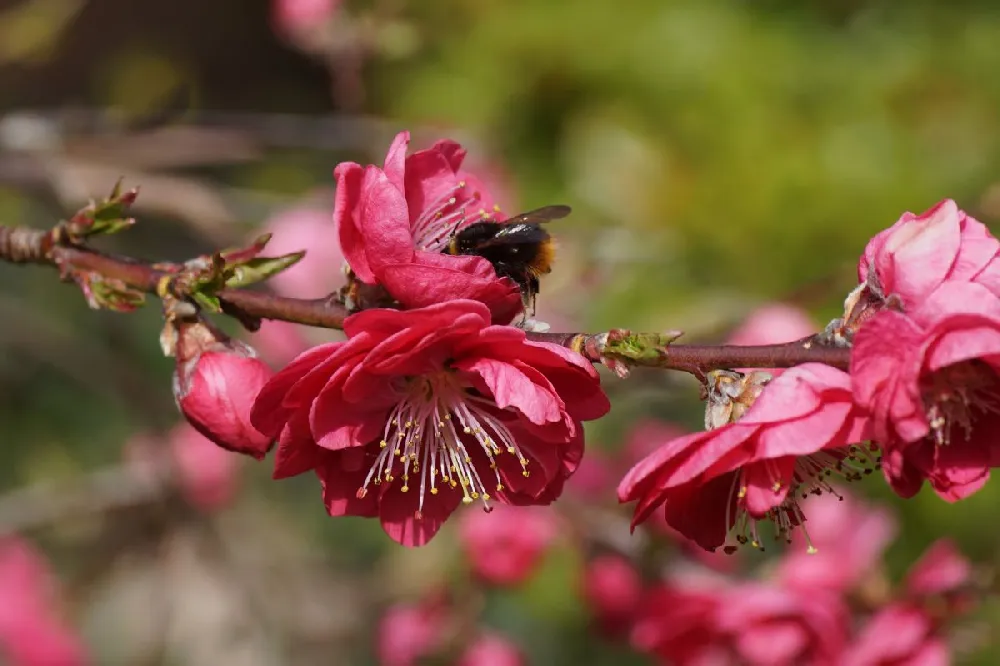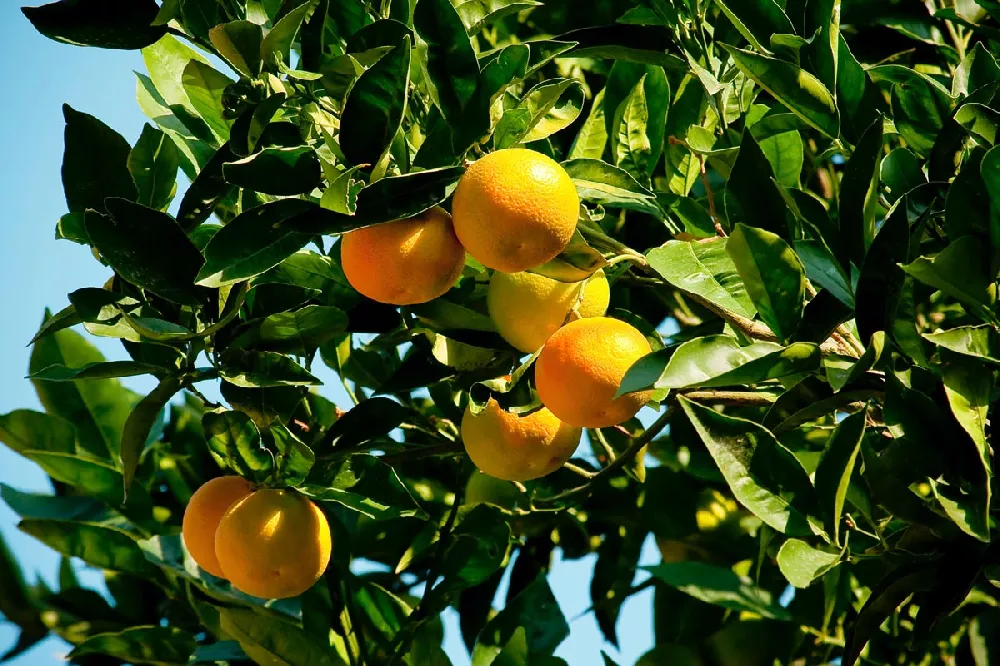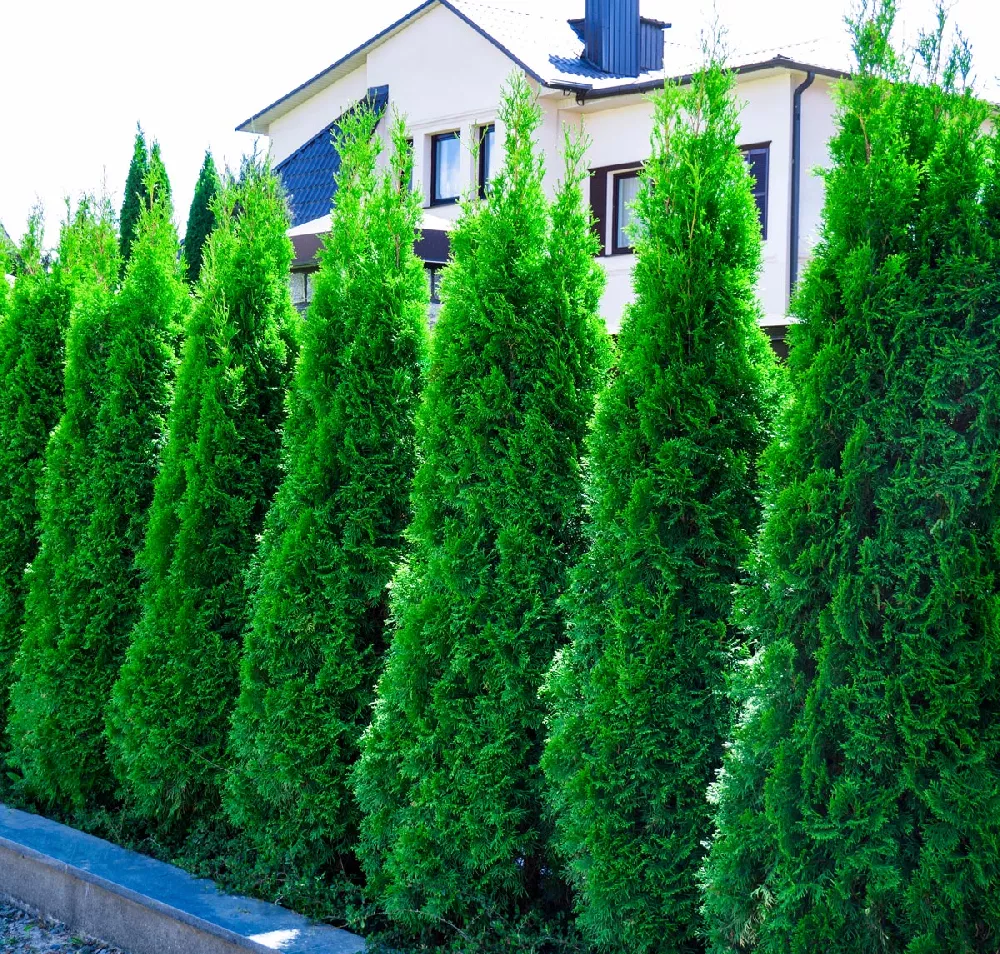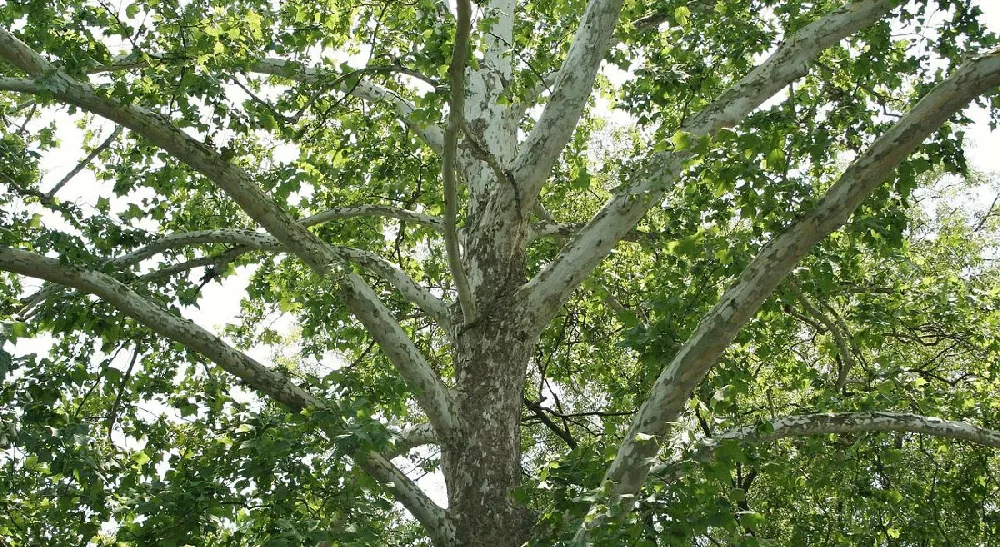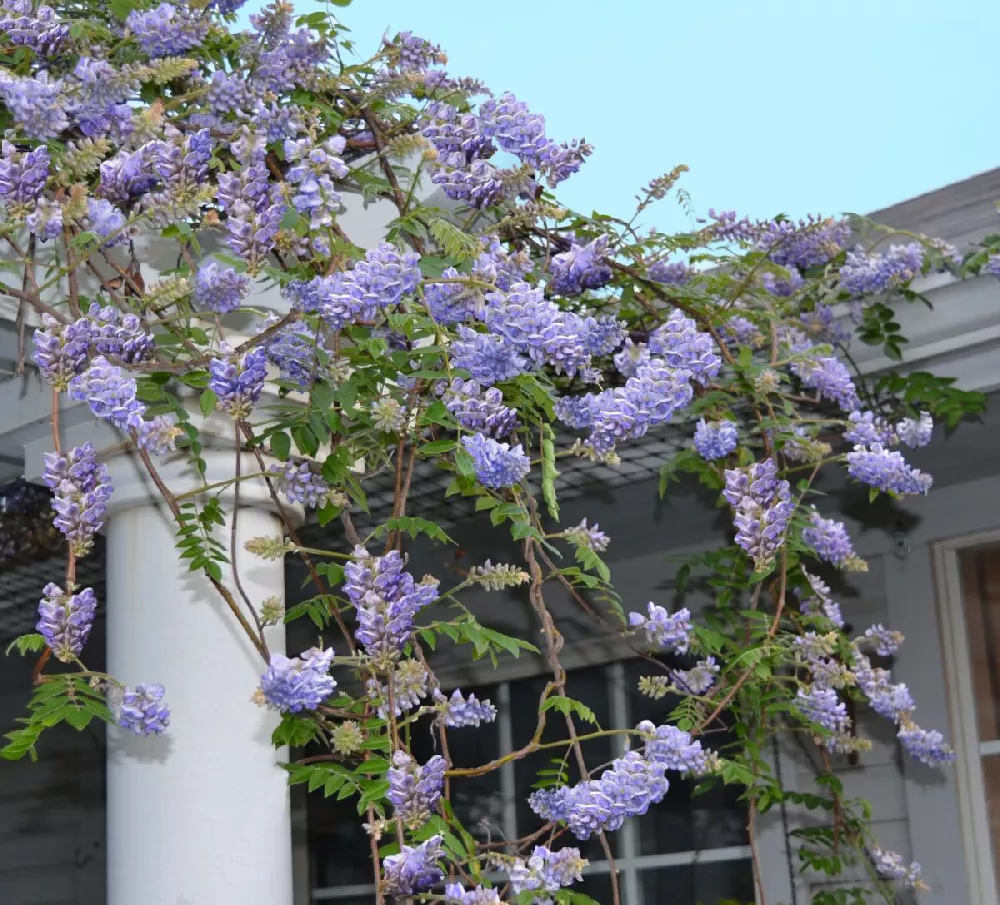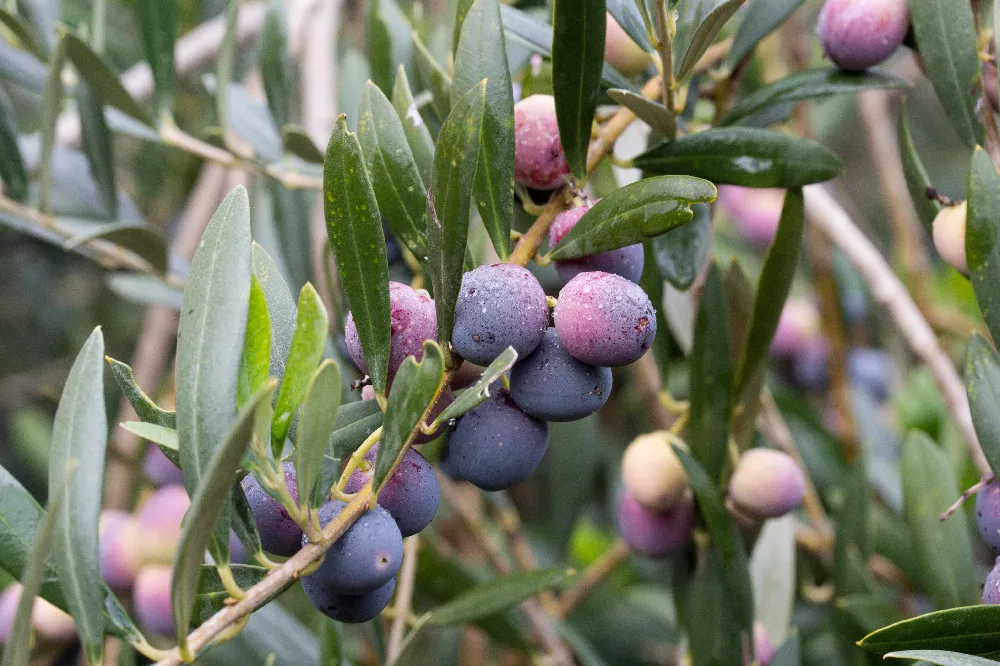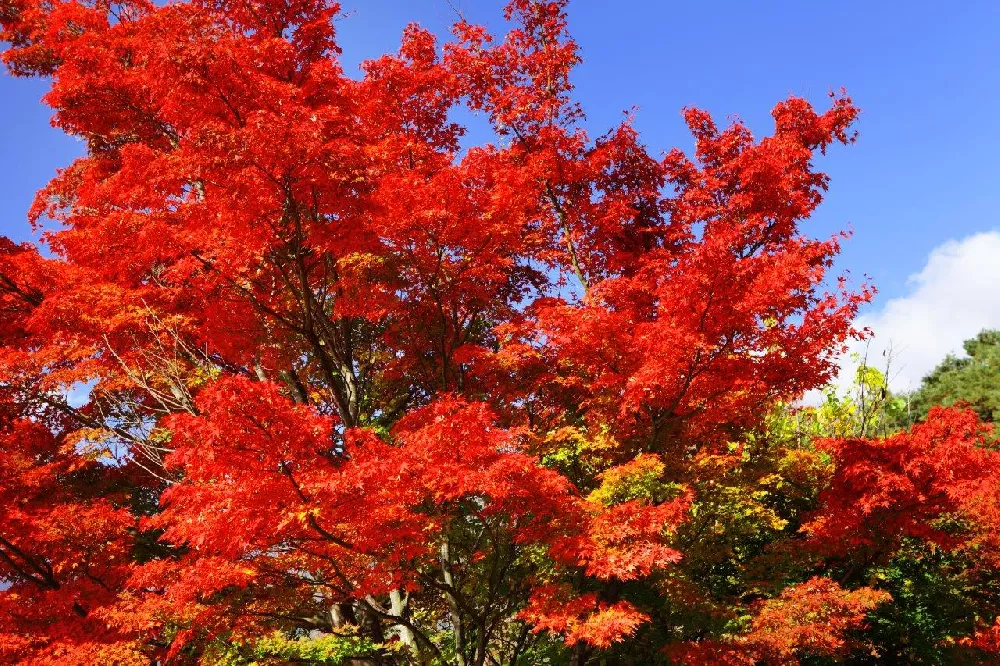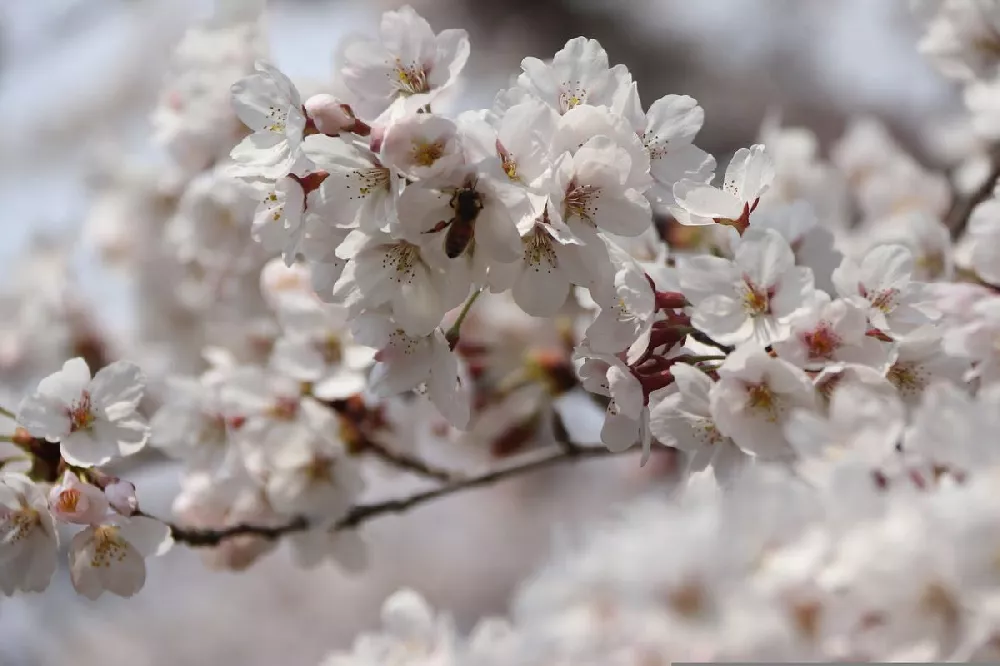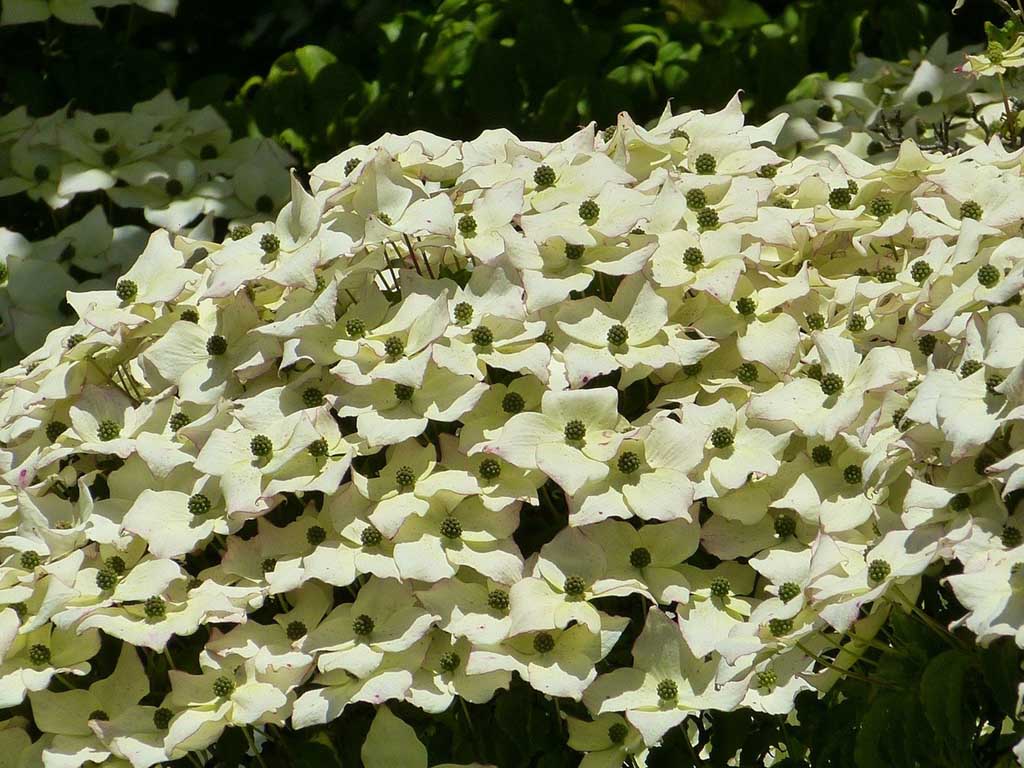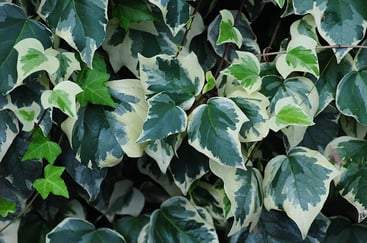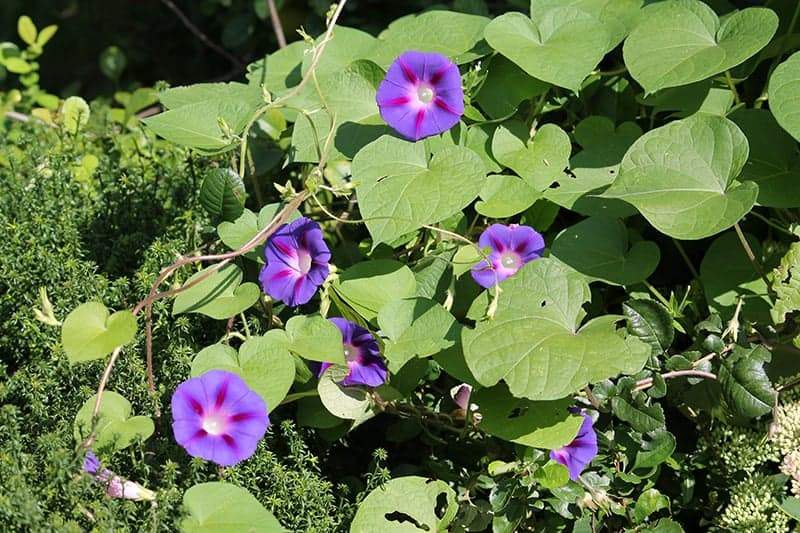- Home >
- Ornamental Trees
Ornamental Trees for Sale
Filters
Price Range
Growing Zones
Plant Type
Flower Color
Sunlight
Mature Height
Plant Characteristics
356 Results
-
Growing Zone(s): 5-9$89.95
$94.95Save up to 5% -
Growing Zone(s): 4-11 patio / 8-11 outdoors$55.95
$56.95Save up to 1% -
Growing Zone(s): 5-8$114.95
$229.95Save up to 50% -
Growing Zone(s): 7-11$28.95
-
Growing Zone(s): 3-8$34.95
$41.95Save up to 16% -
Growing Zone(s): 4-9$73.95
$144.95Save up to 48% -
Growing Zone(s): 5-9$36.95
$62.95Save up to 41% -
Best SellerGrowing Zone(s): 3-11 / 8-11$49.95
$99.95Save up to 50% -
Best SellerGrowing Zone(s): 3-8$139.95
$279.95Save up to 50% -
Growing Zone(s): 4-9$109.95
$134.95Save up to 18% -
Growing Zone(s): 4-8$109.95
$144.95Save up to 24% -
Growing Zone(s): 3-9$79.95
$159.95Save up to 50%
Ornamental Trees – Buying & Growing Guide
Ornamental trees are some of the most noteworthy plants in any garden. Whether for their form or eye-catching leaves and petals, wise gardeners consistently plant these species for their reliable aesthetic appeal. While getting the most out of an ornamental tree requires a reasonable amount of care and attention, the results are well worth the effort.
Types of Ornamental Trees
| Type | Growing Zones | Mature Height | Harvest Season | Sun | Features |
| Eastern redbud, Cercis canadensis | 4-8 | 20-30 feet | None | Full sun to part shade: 4-8 hours | Large heart-shaped leaves, vibrant purple flowers in spring |
| Flowering crabapple, Malus ‘Sutyzam’ Sugar Tyme | 4-8 | 14-18 feet | None | Full sun: 6-8 hours | Great flowering tree, moderate size |
| Flowering dogwood, Cornus florida | 5-9 | 15-30 feet | August to September | Full sun to part shade: 4-8 hours | Impressive spring flower, attractive branching habit, and admirable fall color |
| Japanese maple, Acer palmatum | 5-8 | 10-25 feet | None | Full sun to part shade: 4-8 hours | Reddish foliage for most of the year, interesting leaf shape |
| Cornelian cherry dogwood, Cornus mas | 4-8 | 15-25 feet | None | Full sun to part shade: 4-8 hours | Early spring flowers rival forsythia |
| Callery pear tree, Pyrus calleryana ‘Bradford’ | 5-9 | 30-50 feet | None | Full sun: 6-8 hours | Rounded upright growth habit, copious white flowers |
| Ann magnolia, Magnolia ‘Ann’ | 4-8 | 10-12 feet | None | Full sun to part shade: 4-8 hours | Large purple flowers, manageable size |
How to Plant and Grow Ornamental Trees
When planting an ornamental tree, it is critical to understand the distinct growth requirements of the species. For instance, each type of tree needs different amounts of sun exposure, soil acidity, and moisture.
Although you should know the different needs of each tree you plant, you should also adhere to the tree-planting practices that are applicable when planting any variety of trees. Dig a quality hole that is twice as wide as the root ball and about as deep as the root ball is tall. Remember to provide plenty of water during and after planting as well.
Once your ornamental tree is in the ground, you should use your ongoing maintenance to ensure the tree’s health and emphasize its most notable decorative features. For example, flowering plants often call for specific pruning tactics to maximize blooms. Other species that have colorful foliage often need certain amounts of daily light to produce the best hues.
What Makes a Tree Ornamental?
What separates an ornamental tree from any other type of tree is it has one or more noteworthy physical traits that make it attractive. Often, that attractiveness will come in the form of a widespread bloom across the tree’s canopy. There are other characteristics that can contribute to a tree’s ornamental value. Here are a few of the most common ones.
- Prominent flowers
- Large or colorful fruits
- Leaves with interesting colors or textures
- Bark with a distinct texture and or color
- Interesting branching habit and a pleasant overall form
While those are the most common ornamental features a tree could have, they do not complete a comprehensive list. After all, what makes one tree ornamental and another not is partly subjective.
Regardless of such differing options, there are plenty of ornamental tree varieties at your disposal. Take your time to find the tree that suits you and the existing features and conditions of your garden. Once you do, you can use these plants as contrasting accent plants or as focal points in your garden. Either way, the ornamental tree you choose is sure to give your garden a greater charm than ever before.
